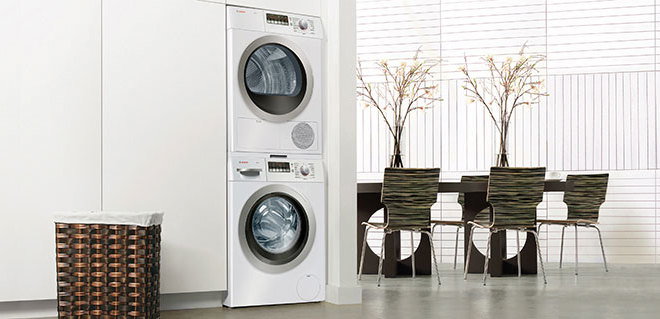How To Stay Green While Living In Quarantine
Many of us are still living under quarantine orders or recommendations to slow the spread of COVID-19, and staying home more than usual takes some getting used to. Adjusting to quarantine life can be tricky, but staying indoors does not mean you must sacrifice your goal of a green lifestyle. Some of your existing green habits may need to be altered to suit your new daily schedule, and introducing new practices or systems can also help. By making some simple changes and adding environmentally friendly technology to your house, you can go green while living under quarantine.
Home Upgrades
When it comes to going green, you can use a combination of smaller changes to create a decent result, but sometimes you want to take the next step and add more substantial green upgrades to your home. There are a few areas of your house you upgrade or modify to be more eco-friendly. Thankfully, home upgrade installers are taking all the necessary precautions to safely improve your house even during quarantine.
Home Heating Systems
Most people accept whatever home heating system their home comes with and never think twice about it so long as the system is functioning. Some homeowners might not even be aware that there are multiple home heating options, some of which are more eco-friendly than others. When it comes to the home heating systems with the lowest emissions, ground source heat pumps come out on top with hybrid systems in second but beating out air source heat pump systems. Even changing from a standard-efficiency propane furnace to a high-efficiency propane furnace can make your home greener.
Solar Energy
Solar energy is one of the most common renewable energies that anyone can add to their home. Solar energy is especially popular and effective in areas with lots of sunshine; solar energy in Texas has dramatically expanded in recent years as the price of solar panels continues to drop, which lets more homeowners take advantage of the Texas sun. Solar installers can evaluate your unique roof to determine how many panels your roof can hold. Most solar panel systems will not generate enough energy to eliminate your monthly electric bill, but they can put a significant dent in your reliance on grid-based energy.
There is a common misconception that roof-mounted solar panels are the only way to add solar energy to your home, but there are more options. You can still generate electricity using the sun, but on a smaller scale, with a solar generator. Solar generators will not generate nearly as much energy as roof-mounted panels. Still, most solar generators can charge small electronics while larger generators can power a refrigerator.
Use Your Appliances Efficiently
Some common household appliances, like dishwashers, have been labeled as not environmentally friendly, but there are ways you can use these appliances in a green way. The three appliances that are often deemed not eco-friendly are dishwashers, washing machines, and dryers. When it comes to your dishwasher and washing machine, you can be green by only running these appliances with full loads and turning off heated dry options. Running your dishwasher with a full load is more eco-friendly than washing the same amount of dishes by hand. Don’t fear your appliances, and if you use them efficiently, they can still be eco-friendly.
Your clothes dryer is another matter. If possible, avoid using your dryer and hang your clothes to dry instead. Your clothes dryer uses a lot of energy to generate heat to dry your clothes, hang drying your clothes completely eliminates the energy usage. Set up a system where you take your clothes out of the washing machine later in the day and hang dry your clothes overnight for fresh, clean laundry in the morning without waste energy.
Unplug When Not In Use
Most people follow the habit of turning off devices when we are done using them. That logic has helped homeowners save money on wasted energy, but you can take the practice one step further to prevent even more energy waste. Energy vampires are devices that still draw power even when turned off, but still plugged in. Energy vampires include cell phone chargers, TVs, and computers. Keep these devices from using energy even when powered down by unplugging them when not in use. COnnecting a group of energy vampires to a powerstrip and unplugging the power strip is an easy way to manage your plugs without much hassle.
Living a green life isn’t difficult; it just takes changing some habits and making upgrades around your house. Combining a bunch of small changes will lead to a larger result, and significant green home upgrades will significantly impact on your home’s carbon footprint. Living under quarantine doesn’t mean you have to give up being green, adapt your habits, and consider larger projects to start or maintain your green lifestyle.



